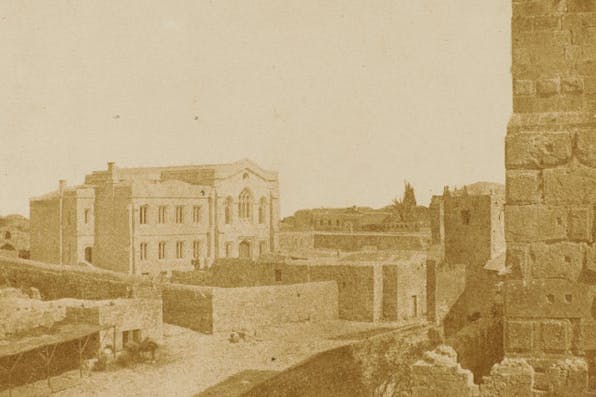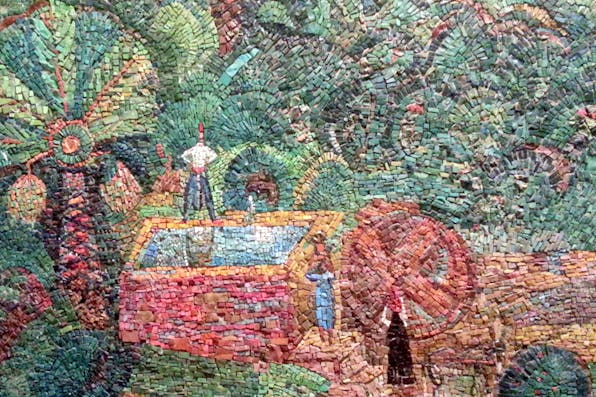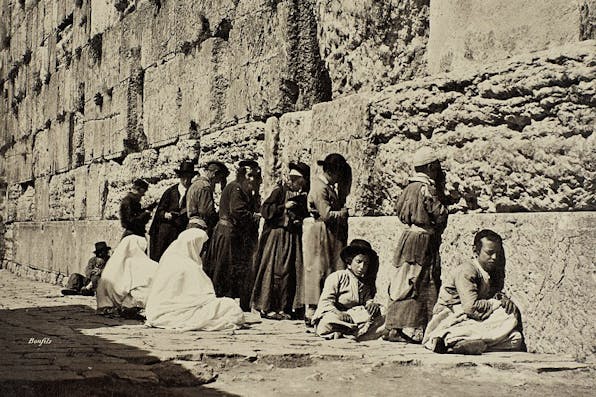
May 23, 2016
The Hebrew Revival Was No Miracle
It took tremendous toil to produce the cultural rebirth of the Hebrew language. Let us give thanks to the toilers—and to their master translator.
For whom does Hillel Halkin toil?
After reading his magnificent essay in Mosaic on the life and work of Yehudah Leib Gordon, the preeminent Hebrew poet of the 19th-century Jewish enlightenment, I had the same thought I’ve had over and over again since I was a teenager: unending gratitude that someone out there has done the world a favor by opening up the genizah of Hebrew literature and curating its treasures. As usual, that someone is Hillel Halkin.
In his gift to us of Gordon’s work, much of which has never been translated before, Halkin includes his own new rendering of one of Gordon’s best-known poems: Le-mi ani ‘amel? (“For Whom Do I Toil?”). Its title borrowed from Ecclesiastes, the work is the lyrical lament of a Hebrew poet who has chosen to write in a language no one speaks, to an audience that barely exists. Halkin is correct that the poem is “self-pitying” in the extreme and dramatically overstates the dire straits of Hebrew literature at the time. Yet there is something deeply honest and utterly familiar about its central anxiety, which still resonates today for anyone who spends time thinking about Jewish literature, past and present. It’s an anxiety that I suspect Halkin has felt himself.



